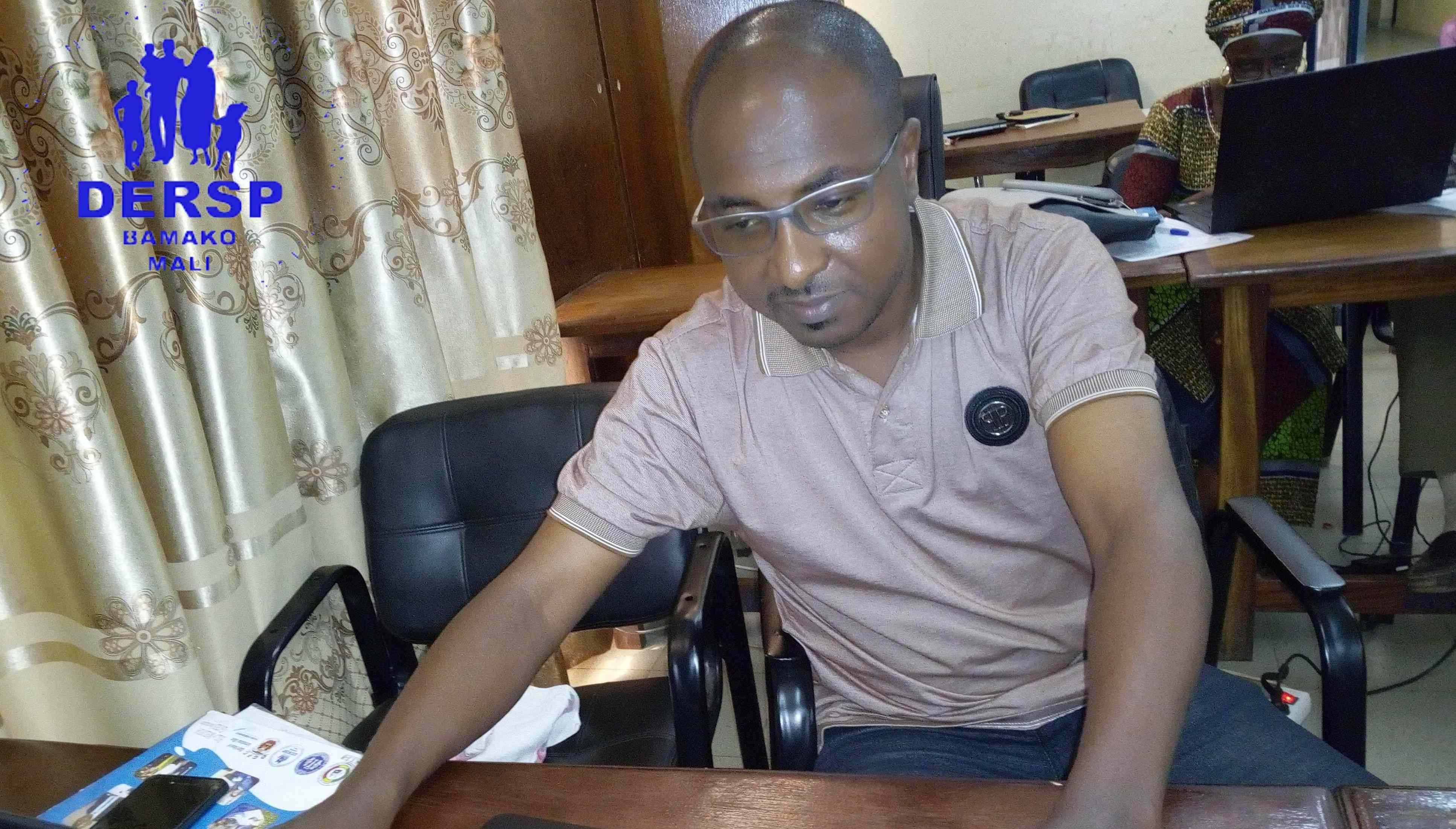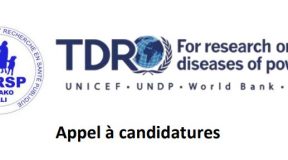Lors du prochain journal club prévu pour le jeudi 28 mars 2019, de 14h05 à 15h30 dans la salle de classe de la 8M1, Dr Mahamadou Saliou DIALLO, apprenant de la 8M1 va présenter un article intitulé “Ebola RNA persistence in semen of ebola virus disease survivor”.
Qui est Dr Mahamadou Saliou DIALLO ?
Apprenant de la 8M1 en santé publique, Dr Diallo Mamadou Saliou est titulaire d’un doctorat d’Etat en médecine de la faculté de Médecine odonto-stomamatologie de l’université de Conakry. Dr Diallo est attaché de recherche au Centre Nationale de Formation et de Recherche en Santé Rurale de Maferinyah République de Guinée depuis 2010, au sein dudit centre, Il a occupé successivement différentes fonctions à savoir (Médecin investigateur, coordinateur clinique des projets de recherche et Co-investigateur principal de l’essai vaccinal sur Ebola).
Résumé de la Présentation en anglais
BACKGROUND
Ebola virus has been detected in the semen of men after their recovery from Ebolavirus disease (EVD). We report the presence of Ebola virus RNA in semen in a cohort of survivors of EVD in Sierra Leone.
METHODS
We enrolled a convenience sample of 220 adult male survivors of EVD in Sierra Leone,at various times after discharge from an Ebola treatment unit (ETU), in two phases (100 participants were in phase 1, and 120 in phase 2). Semen specimens obtained at baseline were tested by means of a quantitative reverse-transcriptase–polymerasechain-reaction (RT-PCR) assay with the use of the target sequences of NP and VP40 (in phase 1) or NP and GP (in phase 2). This study did not evaluate directly the risk of sexual transmission of EVD.
RESULTS
Of 210 participants who provided an initial semen specimen for analysis, 57 (27%) had positive results on quantitative RT-PCR. Ebola virus RNA was detected in the semen of all 7 men with a specimen obtained within 3 months after ETU discharge, in 26 of 42 (62%) with a specimen obtained at 4 to 6 months, in 15 of 60 (25%) with a specimen obtained at 7 to 9 months, in 4 of 26 (15%) with a specimen obtained at 10 to 12 months, in 4 of 38 (11%) with a specimen obtained at 13 to 15 months, in 1 of 25 (4%) with a specimen obtained at 16 to 18 months, and in no men with a specimen obtained at 19 months or later. Among the 46 participants with a positive result in phase 1, the median baseline cycle-threshold values (higher values indicate lower RNA values) for the NP and VP40 targets were lower within 3 months after ETU discharge (32.4 and 31.3, respectively; in 7 men) than at 4 to 6 months (34.3 and 33.1; in 25), at 7 to 9 months (37.4 and 36.6; in 13), and at 10 to 12 months (37.7 and 36.9; in 1). In phase 2, a total of 11 participants had positive results for NP and GP targets (samples obtained at 4.1 to 15.7 months after ETU discharge); cycle-threshold values ranged from 32.7 to 38.0 for NP and from 31.1 to 37.7 for GP.
CONCLUSIONS
These data showed the long-term presence of Ebola virus RNA in semen and decliningpersistence with increasing time after ETU discharge. (Funded by the World Health Organization and others.)









